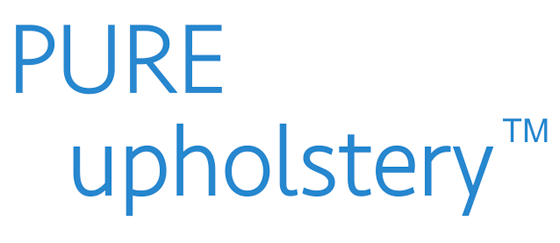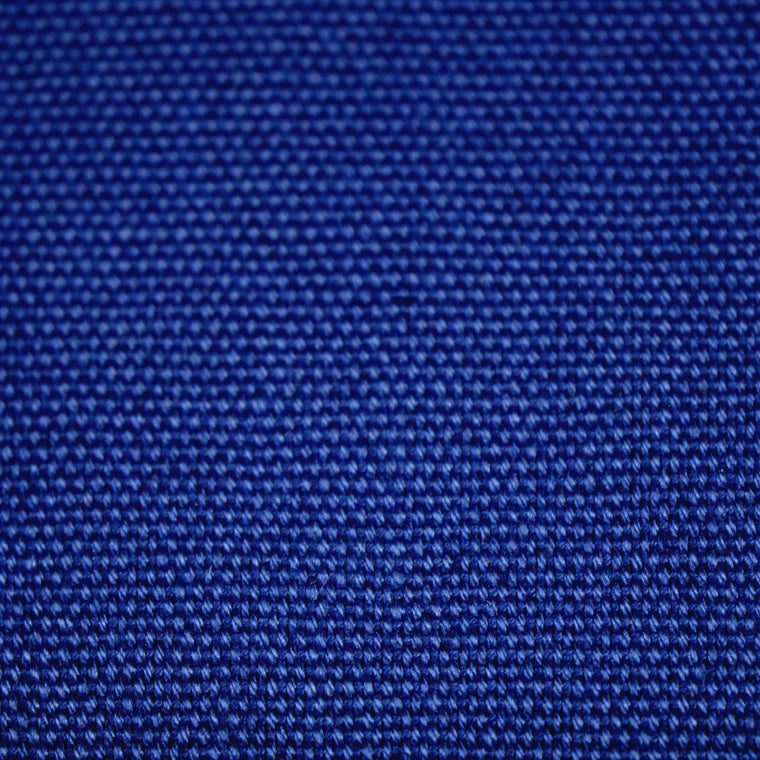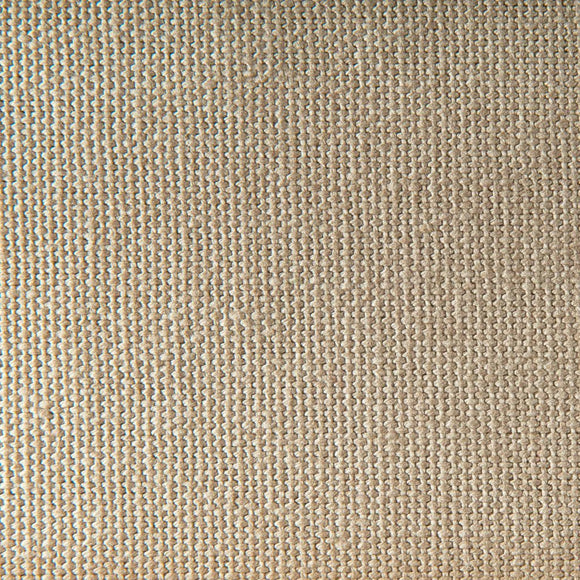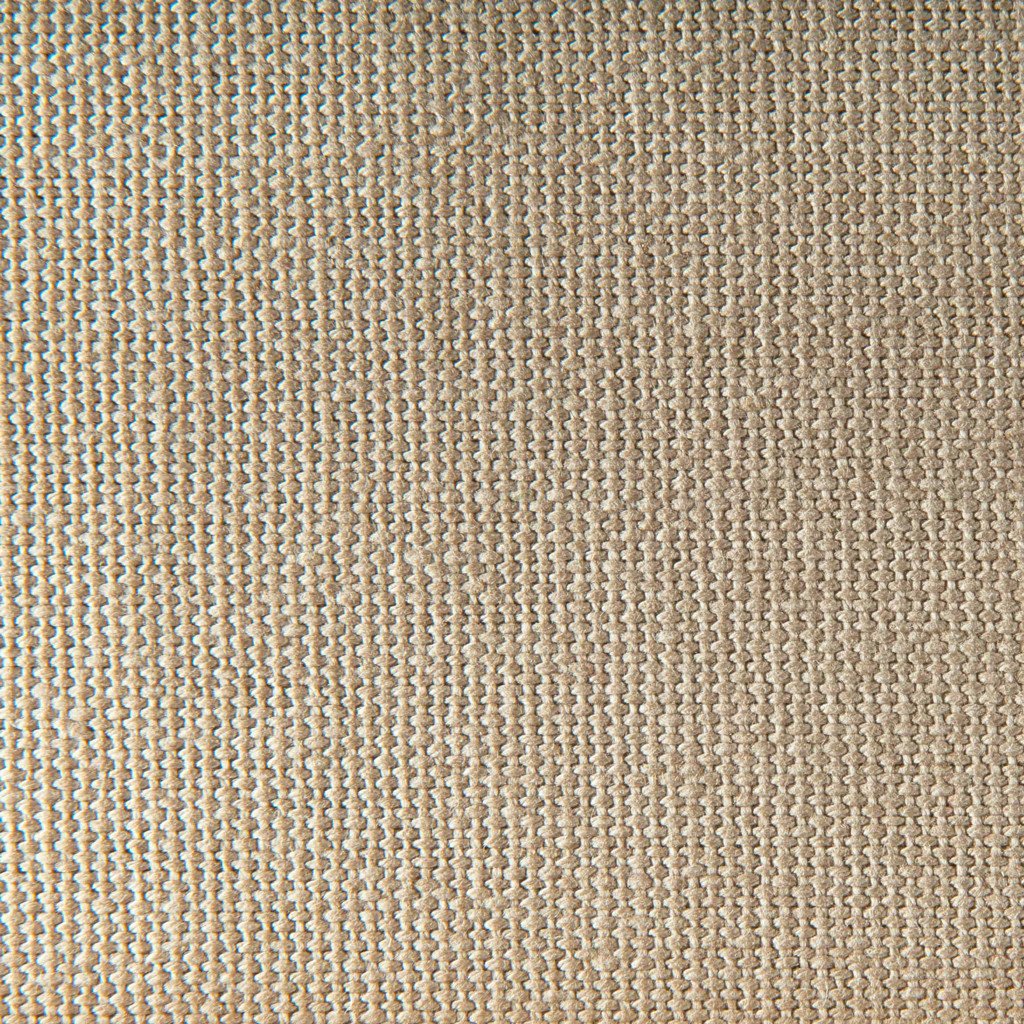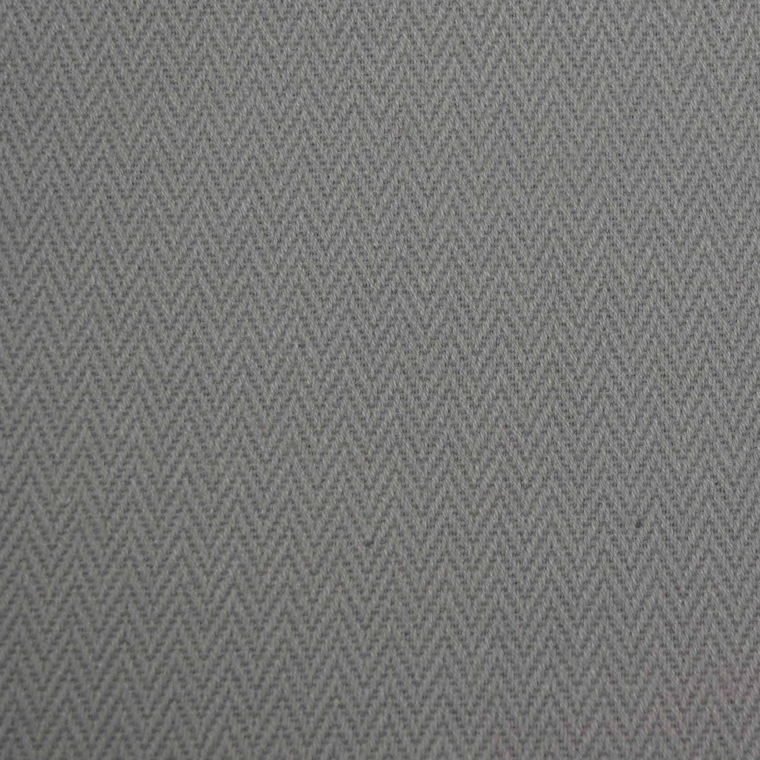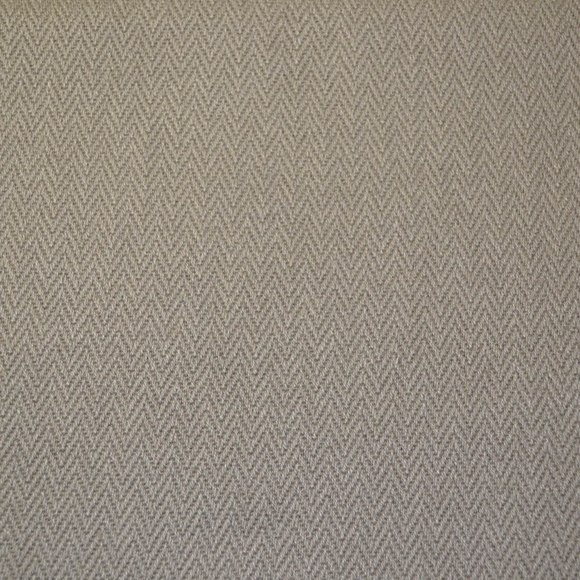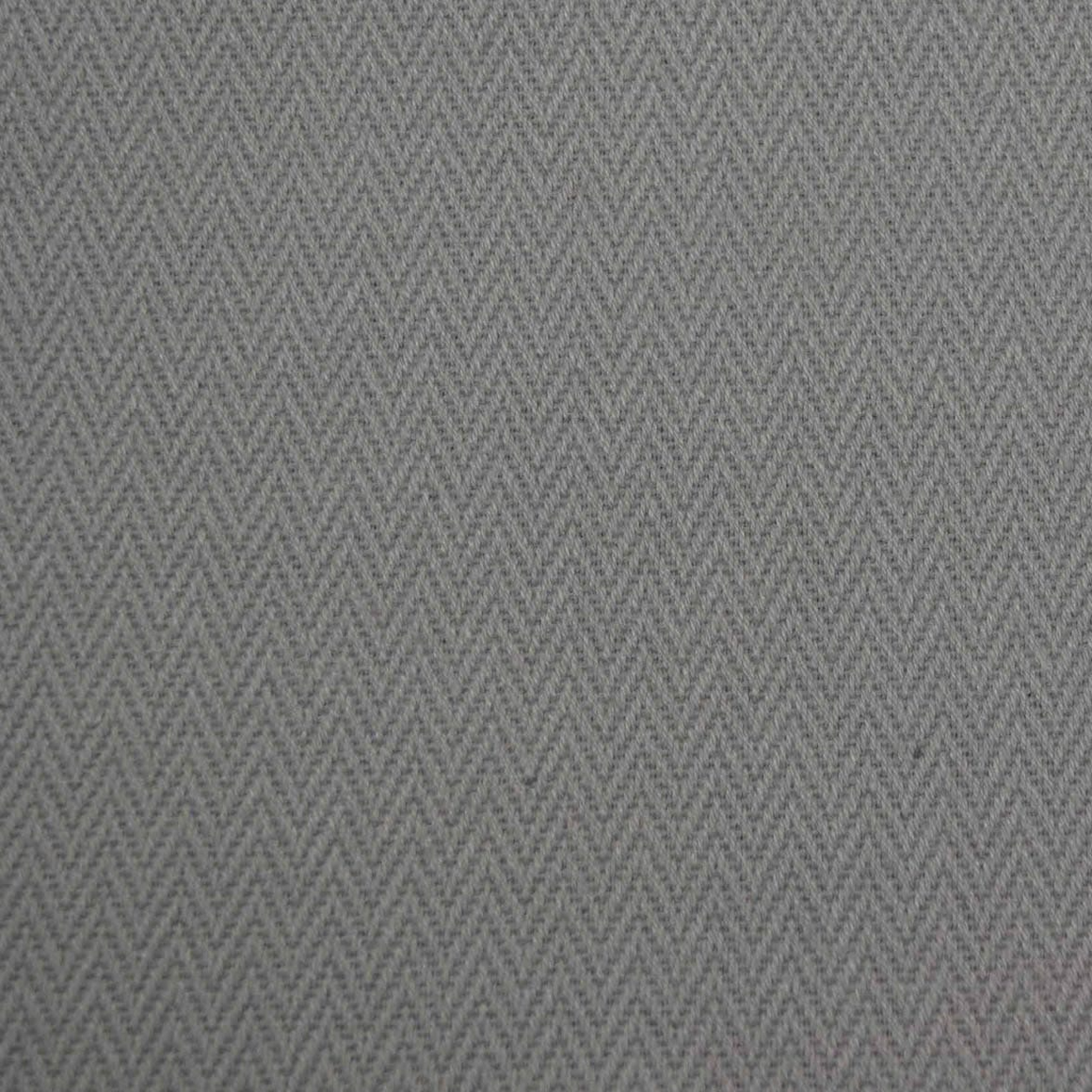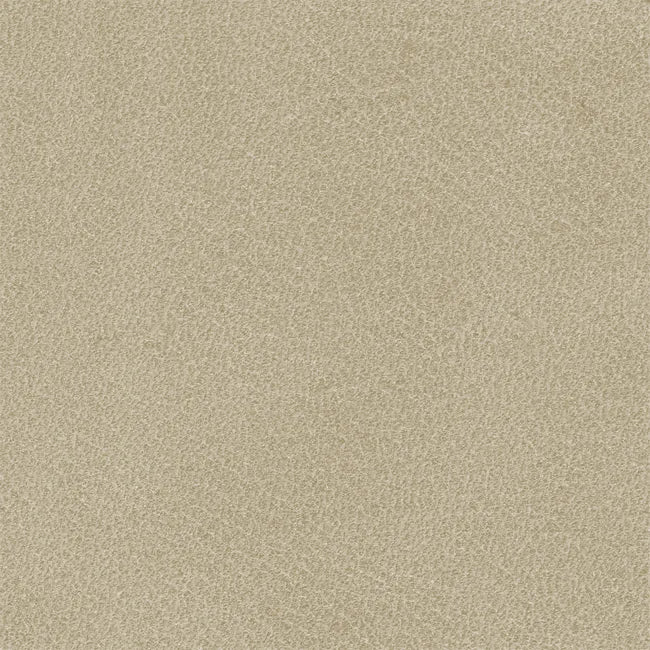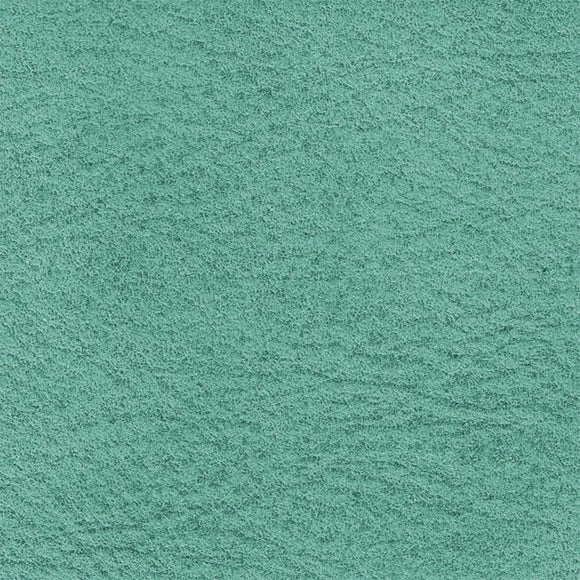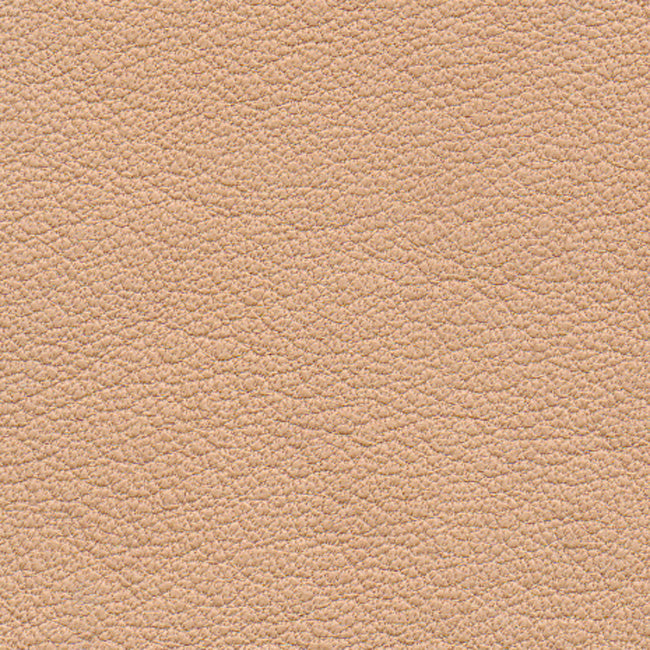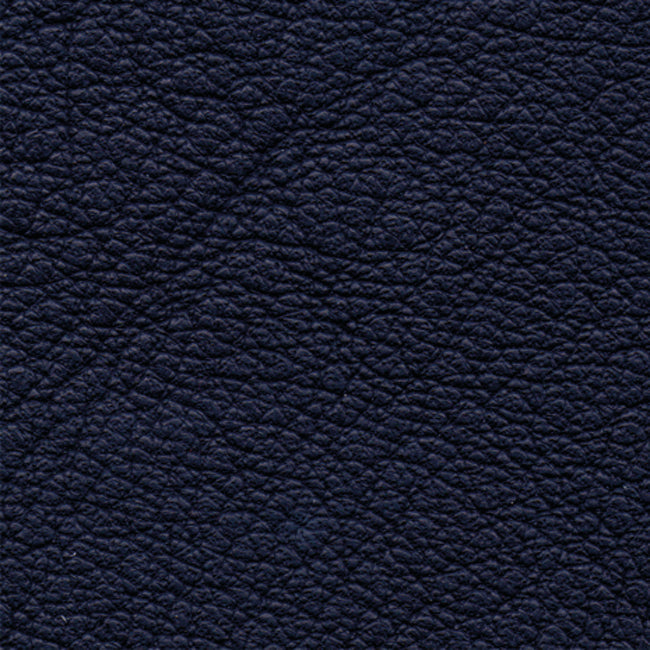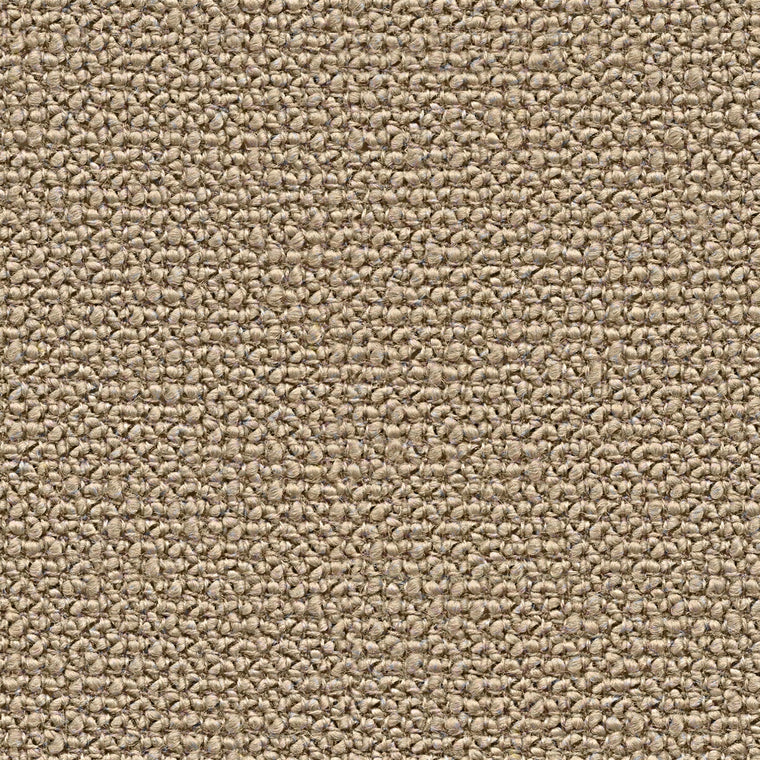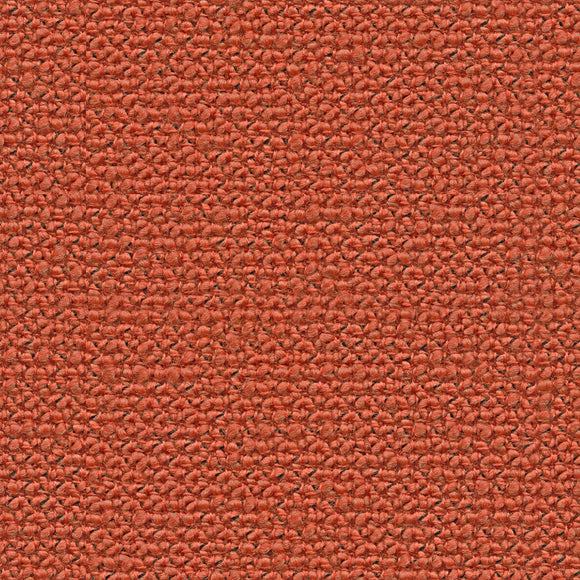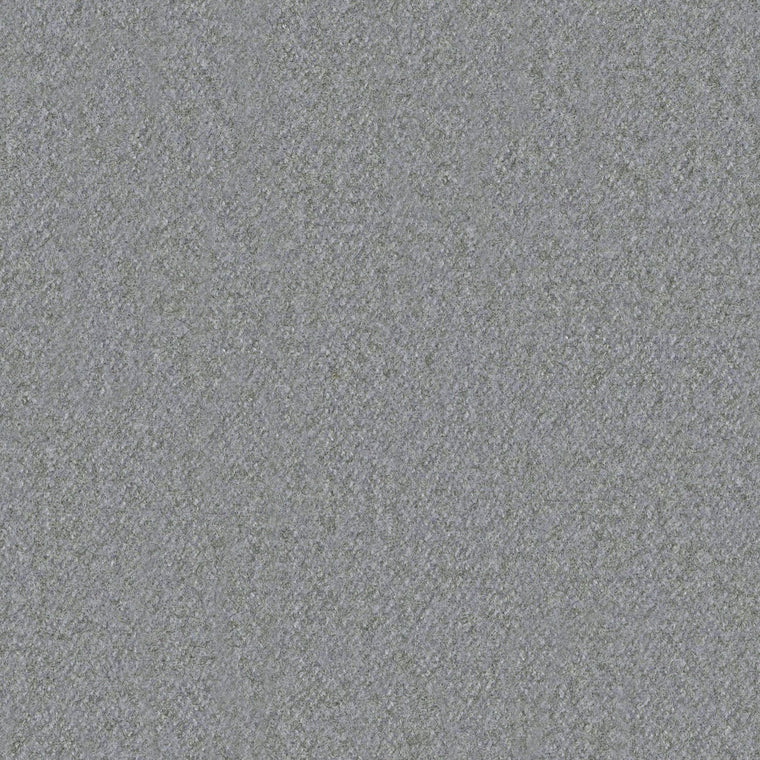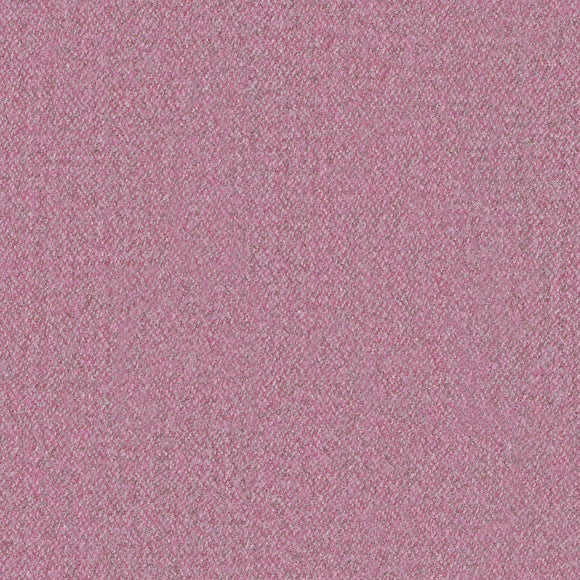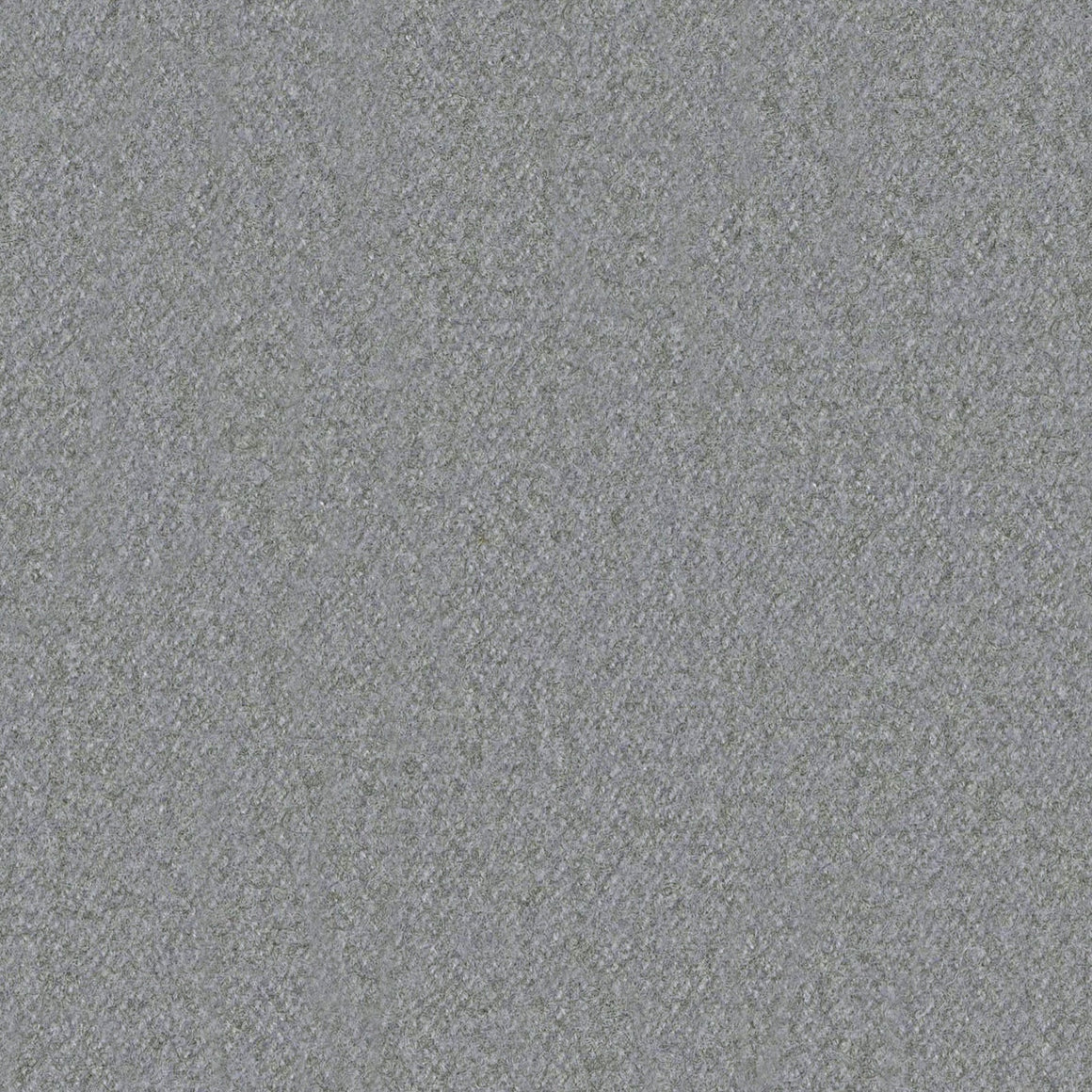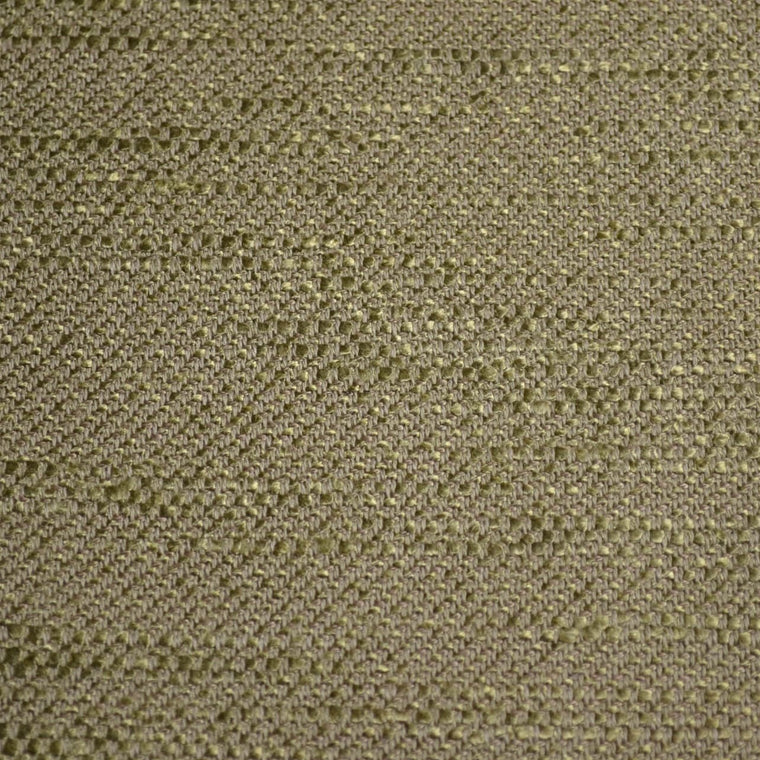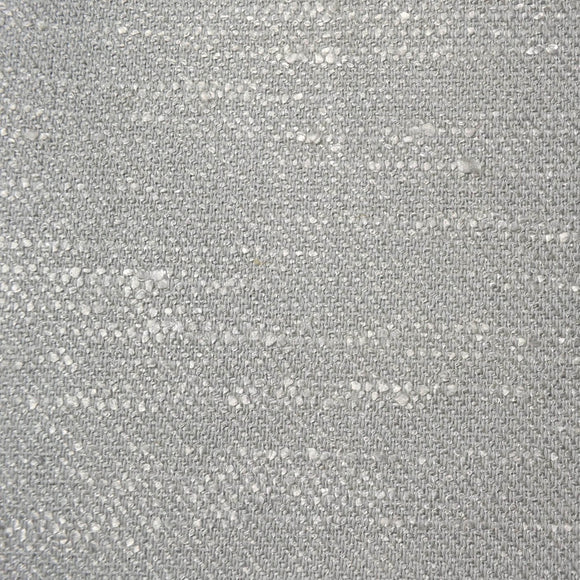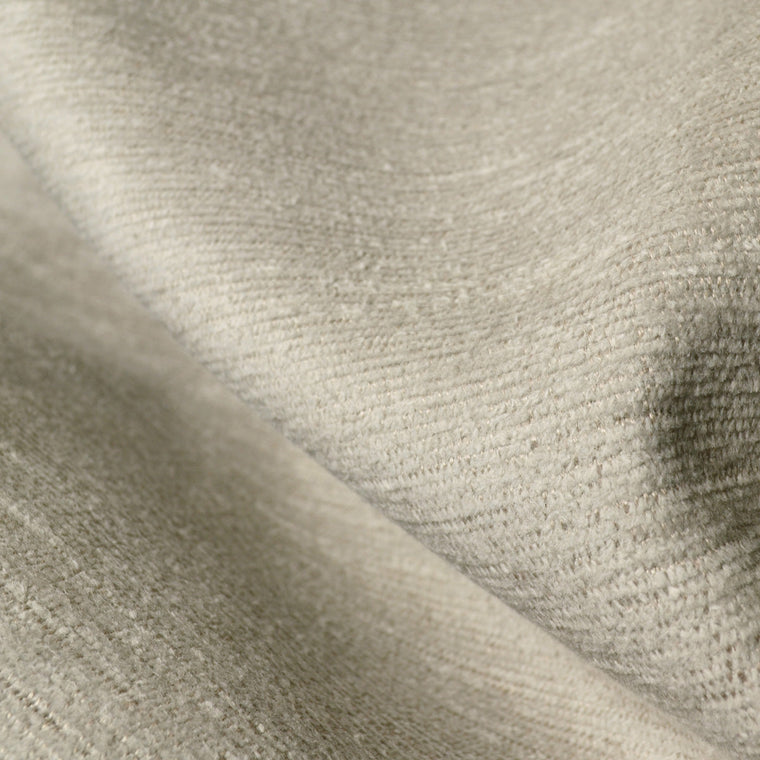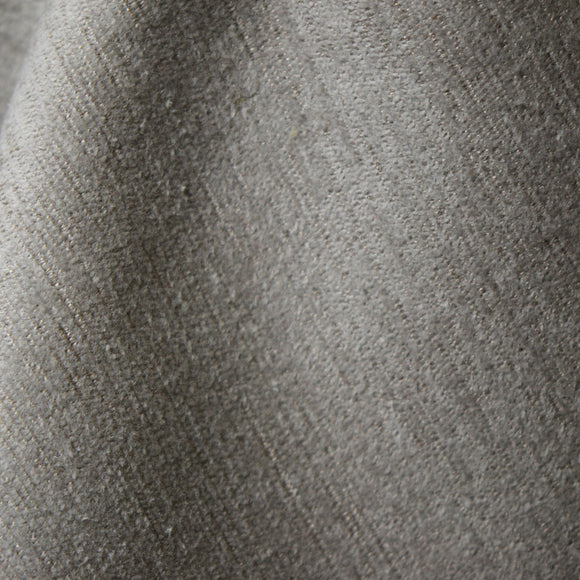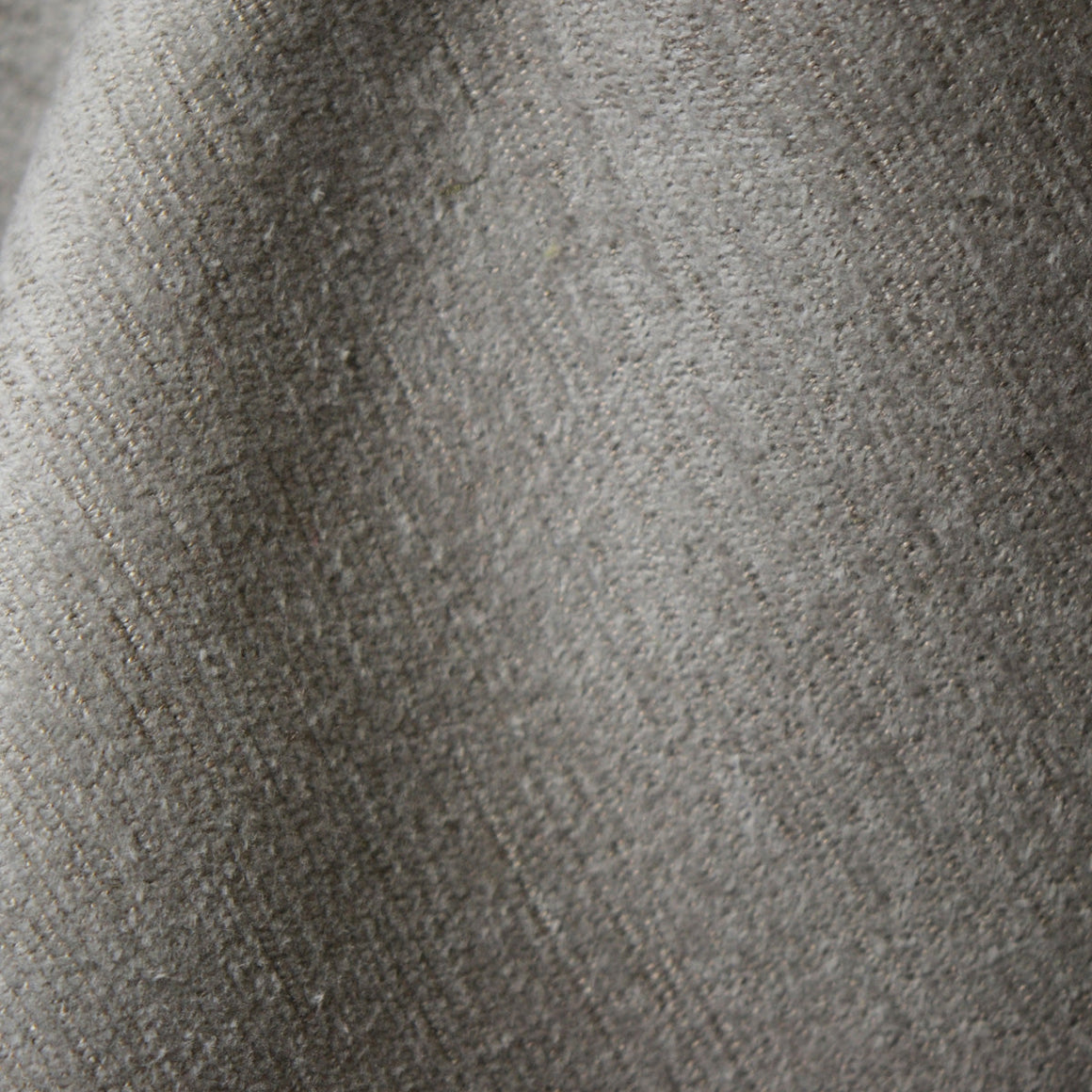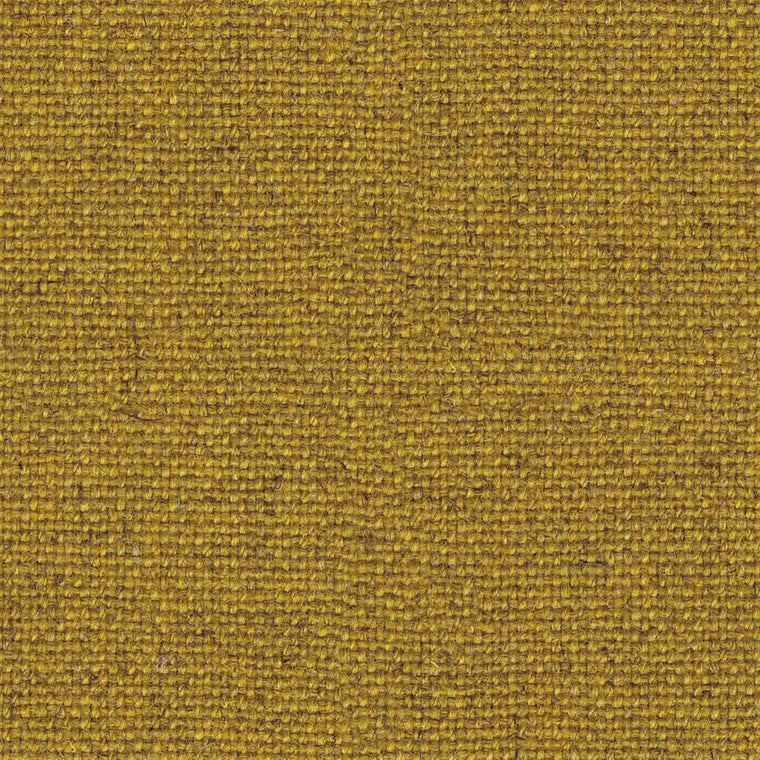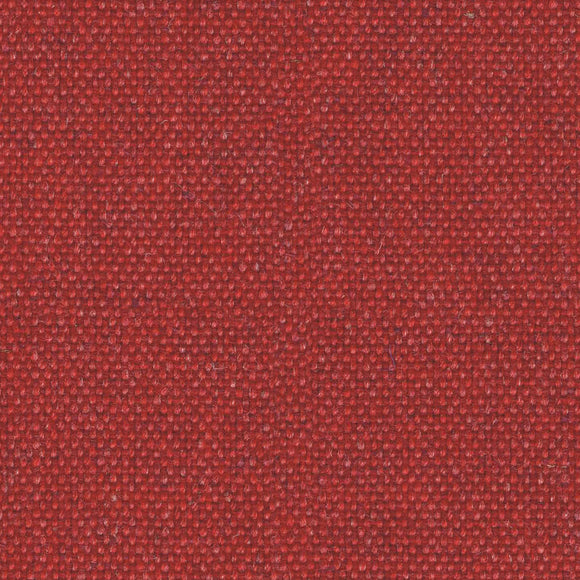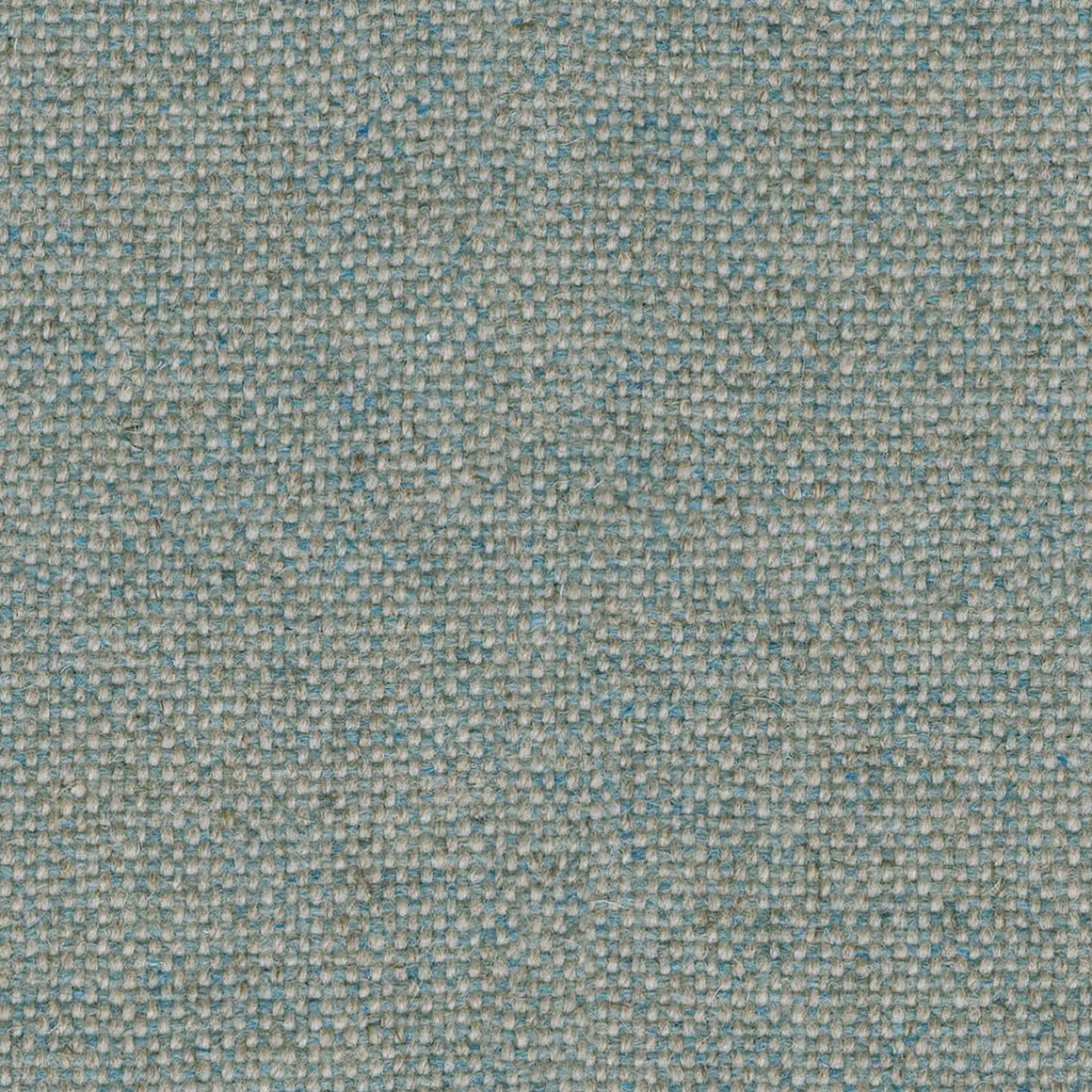The textile industry is alleged to be the second largest global polluter of fresh water behind the fossil fuels/ energy industry. Over 3,500 chemical substances are used to process raw fiber to finished fabric. The fashion sector of the industry seems to be blamed most often and as one sector of textiles, it is in the top 10. However, home textiles, institutional and industrial textiles sectors are equally as problematic in their processing and volume.
Very few chemicals are restricted or prohibited in the production of textiles and most require no disclosure or labeling of inputs. It can be very difficult for a consumer, regardless of research, to learn what chemicals are actually used in any fabrics. Even after a developed country such as the U.S. or more progressive EU has banned the use of a particular chemical, testing has shown that many textile products will still contain the banned substance in the fabrics years later. Developing countries, where no bans might exist, produce the majority of textiles. So, it is easy to understand how this can happen when a company isn't vertically integrated and doesn't have full control over the components that have been subcontracted for production and that production is in developing countries without the same bans. This is why any certs that address inputs are hugely helpful.
G.O.T.S. (Global Organic Textiles Standard) is the highest and most restrictive certification that textiles, finished textile products, and the factories in which they are produced can achieve. The two deterrents to seeking this certification are the expense to obtain it and the time required to have the certifying body audit for all of its criteria in each step of the process. This is why some companies and mills drop their certifications. One can read more about the countries and companies with GOTS certifications here. https://global-standard.org/
Okeo-tex Standard 100 is less stringent than G.O.T.S., but it still has merit. Oeko-tex 100 certifiers prohibit over 100 known toxic chemicals and limit the amount allowed on others. For example, G.O.T.S. allows no formaldehyde and Oeke-tex 100 allows 300 ppm for fabrics such as upholstery and bedding that are not worn against the skin. (Our skin does come into contact with textiles for mattresses and upholstered furniture. We just don't wear them on our bodies.)
The great news is that we are encountering many more Okeo-tex 100 certified bed and bath products since Target's early 2017 trailblazing edict that gave their suppliers a deadline to remove known toxins from their textile and personal care products and supply chain. (Some large retailers later adopted similar policies.) Consumers can find home textile products in Target and Walmart that are Oeko-tex 100 certified, cost no more than the mystery ingredients norm and Okeo-tex 100 certification isn't as expensive as G.O.T.S. One can read more about the certification and search the website's database by manufacturer or product category here. https://www.oeko-tex.com/en/our-standards/oeko-tex-standard-100
UL Greenguard certification addresses emissions and indoor air quality only. These products have low volatile organic compounds (VOCs), low emissions, ozone, phthalates, and levels of formaldehyde. Greenguard certified products help to reduce indoor air pollution and the risk of chemical exposure. There may hundreds of individual VOCs in the indoor air at any one time. Some may produce unpleasant odors at low levels, but many have no noticeable smell. Many VOCs are irritants and can cause headaches, eye, nose and throat irritation, and dizziness. Long-term exposure to certain VOCs may lead to chronic diseases or cancer. At high concentrations, some VOCs are toxic. Greenguard was not designed specifically for fabrics. The USGBC or U.S. Green Building Council developed the LEED program to improve air quality in buildings. LEED (Leadership in Energy and Environmental Design) provides a framework for healthy, efficient, and cost-saving green buildings. Greenguard Gold status is the highest rating for Greenguard and it has much lower emissions limits. There is much that it doesn't test. Greenguard tests for the presence of VOCs in the final product only, rather than the manufacturing process or supply chain. One can read more here. https://www.ul.com/resources/ul-greenguard-certification-program
Other growing certifiers pop up daily. Made Safe and Better Cotton Initiative are two that have grown steadily. What I want to stress is that it is very expensive to get these certifications for every product or fabric and renew them annually. Not unlike FDA organic certification, there are small makers who will never have any of these certs based on their volume and prices despite processing in accordance. There will be large producers who submit to get their completely synthetic fiber fabrics Oeko-tex 100 and/or Greenguard Gold certified. Also, some fabrics and factories that have dropped G.O.T.S. certifications are still producing to those standards. It can get murky unless makers are completely transparent or have actual G.O.T.S. certification.
